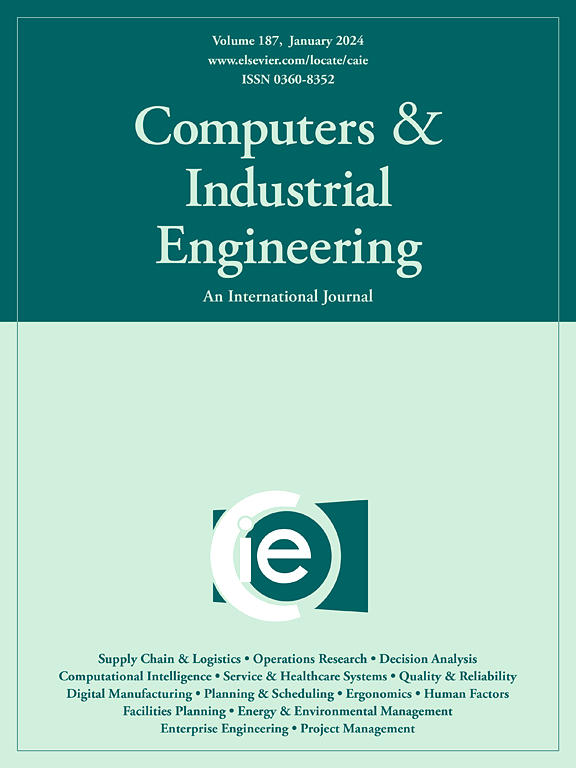露天矿自动驾驶卡车路网演化模型研究
IF 6.7
1区 工程技术
Q1 COMPUTER SCIENCE, INTERDISCIPLINARY APPLICATIONS
引用次数: 0
摘要
露天矿开采环境复杂,开发和运输系统随着开采的进行而动态演变。道路具有非结构化特征,因此识别和表示道路网络的状态并快速预测其未来发展对于智能露天矿的有效运营和无人运输系统的安全运行至关重要。随着智能采矿技术的进步,露天矿道路网人工测图成本高、工期长等缺点日益明显。本研究采用虚拟设计的方法,从道路演化的角度提取下一个时间点的路网,获取未来的路网信息,有效解决露天矿路网优化难、后续规划难等挑战。通过分析露天矿运输路网的演化特征和模式,提出了一种基于堆叠长短期记忆的节点演化预测方法。在此基础上,考虑了露天矿道路网络的现状、节点和路段演化机制,建立了露天矿道路网络演化模型。以典型露天矿运输系统为例,对该模型进行了具体应用,生成了时间点t + 1的路网结构图。结果表明,该模型预测节点位置的均方根误差和平均绝对误差均小于3 m。此外,随着数据集的扩大,模型的稳定性和准确性也有所提高。本文章由计算机程序翻译,如有差异,请以英文原文为准。
Research on evolution model of road network for self-driving truck in open-pit mine
Open-pit mining environments are complex, and the development and transportation systems dynamically evolve as mining progresses. Roads exhibit unstructured characteristics, making it essential to identify and represent road networks’ status and rapidly predict their future developments for the efficient operation of intelligent open-pit mines and the safe functioning of unmanned transportation systems. Due to the advancement of intelligent mining technology, the disadvantages of manual measurement and mapping of open-pit mine road networks, such as high costs and delays, have become increasingly evident. This study uses virtual design to extract the road network at the next time point from the perspective of road evolution, obtaining future road network information to effectively address challenges such as the difficulty in optimizing the open-pit network and subsequent planning. It introduces a node evolution prediction method based on Stacked Long Short-Term Memory by analyzing the evolutionary characteristics and patterns of transportation road networks in open-pit mines. In addition, a road network evolution model for open-pit mines is established, considering the status of road networks and the mechanisms of node and segment evolution. The specific application of this model is demonstrated with typical open-pit mining transportation systems, generating structural maps of the road network at time point t + 1. The results indicated that the root mean square error and mean absolute error of node position prediction by the model are both less than 3 m. In addition, as the dataset expands, the stability and accuracy of the model improve.
求助全文
通过发布文献求助,成功后即可免费获取论文全文。
去求助
来源期刊

Computers & Industrial Engineering
工程技术-工程:工业
CiteScore
12.70
自引率
12.70%
发文量
794
审稿时长
10.6 months
期刊介绍:
Computers & Industrial Engineering (CAIE) is dedicated to researchers, educators, and practitioners in industrial engineering and related fields. Pioneering the integration of computers in research, education, and practice, industrial engineering has evolved to make computers and electronic communication integral to its domain. CAIE publishes original contributions focusing on the development of novel computerized methodologies to address industrial engineering problems. It also highlights the applications of these methodologies to issues within the broader industrial engineering and associated communities. The journal actively encourages submissions that push the boundaries of fundamental theories and concepts in industrial engineering techniques.
 求助内容:
求助内容: 应助结果提醒方式:
应助结果提醒方式:


